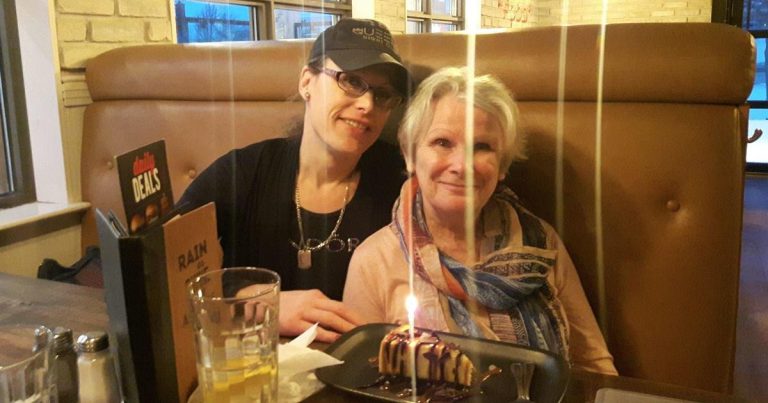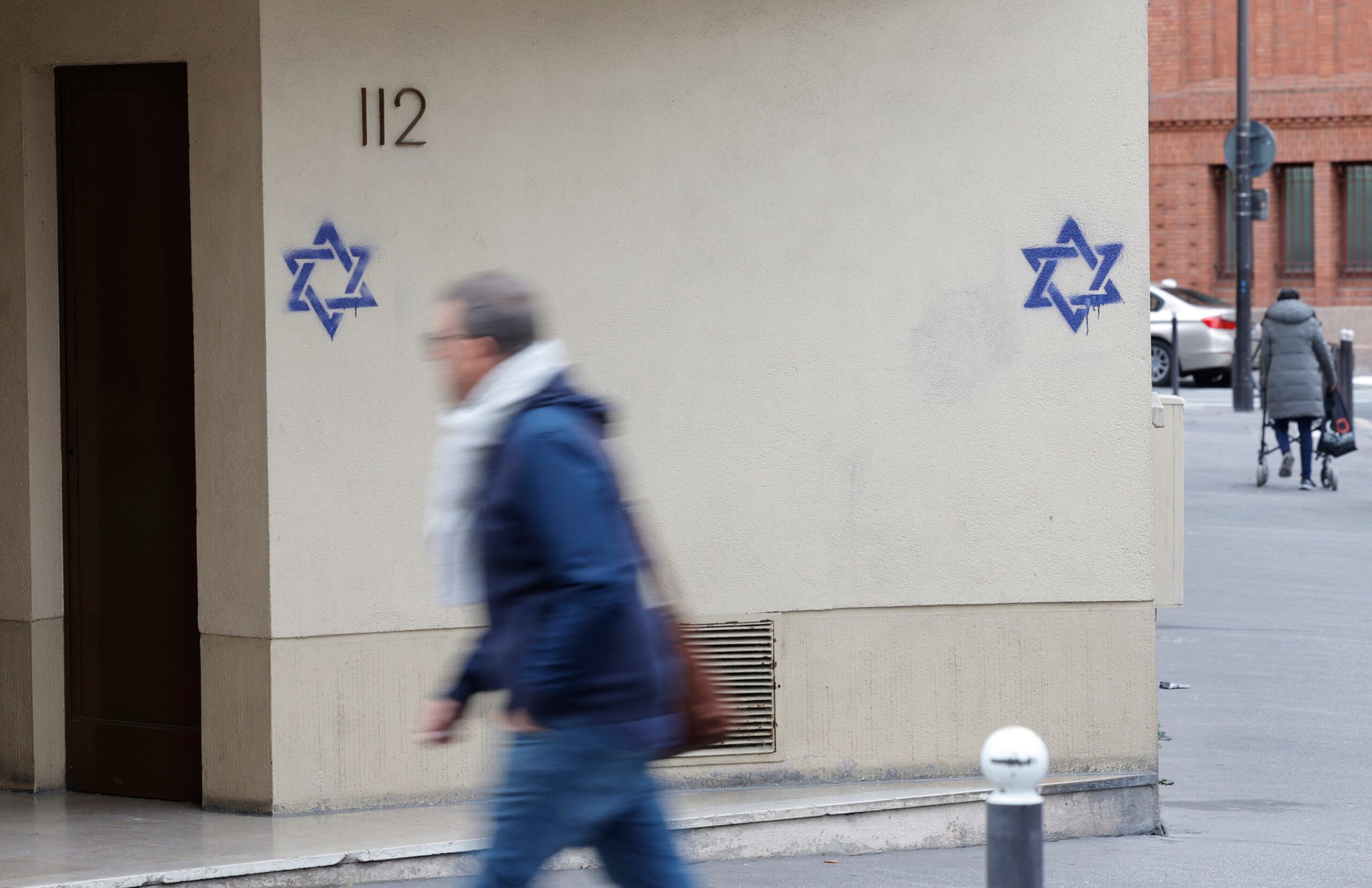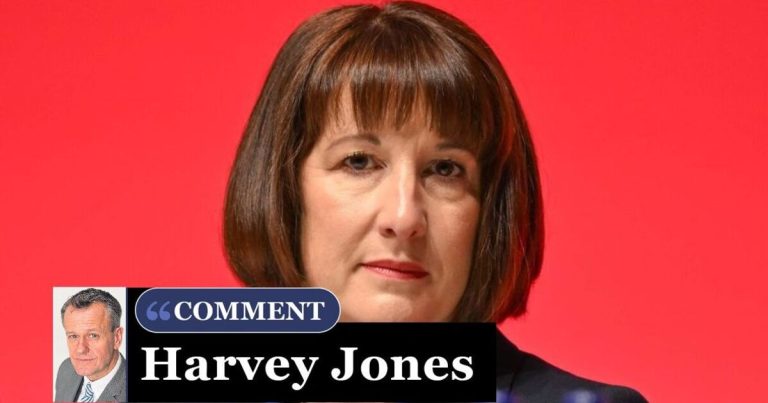
From President Joe Biden joining auto workers on the picket line to 75,000 health care workers girding to strike in multiple states, organized labor in the U.S. is enjoying a resurgence this year, while finding its most receptive audience in more than half a century.
“There is a feeling that the system is fundamentally unfair to the workforce that is doing all the hard work,” said Harry Katz, a professor of collective bargaining at Cornell University.
In an era of escalating income disparity, Americans are more open to the idea of collective bargaining and workers advocating for better pay and benefits. Public approval of labor unions registered at 67% in August, down from 71% a year ago when was at its highest reading since 1965, according to Gallup.
“Right now, unions are very popular. It’s more of a recognition of wealth inequality, the gap between the top one-tenth of 1% and everybody else,” Jeffrey Schuhrke, a labor activist and assistant professor at the Harry Van Arsdale Jr. School of Labor Studies, SUNY Empire State College, told CBS MoneyWatch.
What is driving the protests?
Declining real wages, a tight labor market and robust corporate profits only bolsters the case for workers, many of whom had to show up during the pandemic even as many Americans worked remotely.
“It helps that union organizers, some of them regular workers themselves, or actual professional or staff, recognize that it is an advantageous moment,” Schuhrke said.
That advantage includes having a labor-friendly president and favorable rulings from a Democratic-led National Labor Relations Board, he noted. “The labor movement knows that window is not going to be open forever,” he added.
Mr. Biden’s unprecedented trip to Michigan to stand with striking members of the United Auto Workers highlights organized labor’s current sway, according to Schuhrke, a labor historian.
“It is the first time a sitting U.S. president has joined striking workers on a picket line — they’ve joined before as candidates, but not as president,” Schuhrke said. “What matters is the strike is so popular, and the union has so much support, that the president thought it advantageous and maybe even critical to his political future that he be seen standing with workers.”
Many industries rallying for change
An important feature of the current labor landscape is that the trend in activism isn’t isolated within a cluster of businesses, but is visible across a range of major sectors of the American economy, including transportation, health care and media.
There is a common ingredient, however: Much of the upsurge in labor protests is in blue-collar jobs where wages have long lagged productivity and corporate profits, with millions of Americans struggling simply to maintain their standard of living, let alone thrive at time that inflation has sapped households’ purchasing power.
Such grievances underlie the UAW’s strike against Detroit’s Big Three automakers, now into its third week. More than 25,000 unionized workers, or 17% of the labor group’s members, have walked off their jobs at Ford, GM and Stellantis (the owner of Chrysler, Dodge, Jeep and Ram, as well major foreign auto brands).
The public’s mostly warm embrace of striking autoworkers could lessen as its impact spreads to dealers, customers and third-party suppliers who don’t have a seat at the bargaining table, according to Patrick Anderson, principal and CEO of Anderson Economic Group, an East Lansing and Chicago-based analysis firm. “When the innocent bystanders begin to feel it, it will affect the generally supportive sentiment Americans have been expressing about the UAW’s demands thus far,” Anderson stated Monday in a release that estimates $3.95 billion in total losses to the U.S. economy from the union’s strike’s first two weeks.
Labor unrest in Motor City is not confined to autoworkers. The Detroit Casino Council, representing five unions at three city casinos, late Friday said workers overwhelmingly voted to authorize strikes as soon as mid-October when contracts expire.
“Just like autoworkers, Blue Cross Blue Shield staff, UPS workers, writers and hotel workers, Detroit casino workers are considering all options available to make sure one job in a Detroit casino is enough to raise a family on, Nia Winston, Unite Here Local 24 president, said in a statement.
Major casinos in Las Vegas are also facing potential walkouts by workers, with the city’s Culinary Workers Union recently announcing that its 60,000 hospitality workers had authorized a strike if a deal is not reached with companies including MGM International, Wynn and Caesars Entertainment.
Elsewhere around the country, more than 75,000 health care workers are threatening a three-day strike starting Wednesday at Kaiser Permanente hospitals and medical centers in five states and Washington, D.C. Staffing levels and wages are at the heart of the negotiations between the Oakland-based health care giant and the Coalition of Kaiser Permanente Unions.
Highlighting the rise in worker activism, even nonunion pharmacists recently walked off the job and closed multiple CVS Health locations in and around Kansas City. Now back at work, those involved in the work stoppage drew words of support from the Kansas Pharmacists Association, which said the pharmacists were laboring under a system that “values medication volume over safety and quality of health care.” The nation’s largest retail pharmacy chain said it would address the concerned raised by its pharmacists.
UPS “template”?
Last month’s contract ratification by more than 300,000 United Parcel Service workers is an example of how a credible strike threat can yield an agreement, Schuhrke said.
The shipping giant had a strong incentive to make a deal, Cornell’s Katz added. “You don’t replace 300,000 drivers very quickly.”
The International Brotherhood of Teamsters said its most lucrative agreement ever with UPS would “improve the lives of hundreds of thousands of workers” and provide a roadmap for other organizing efforts, the union’s president, Sean O’Brien, said in a statement.
“This is the template for how workers should be paid and protected nationwide, and nonunion companies like Amazon better pay attention,” O’Brien stated.
Still, how much power workers actually have depends on the situation — and those employed at Starbucks and Amazon “don’t have a lot of bargaining leverage,” according to Katz.
With passage of stronger labor laws, there is lots of room for corporations to stall negotiations, as companies are only legally required to come to the table, not to reach an agreement.
“Forty percent of unions that have formed don’t get a first contract,” Katz said.






